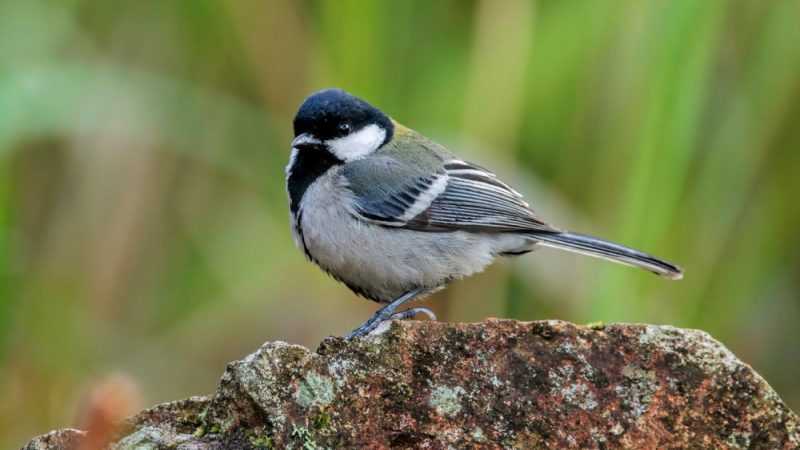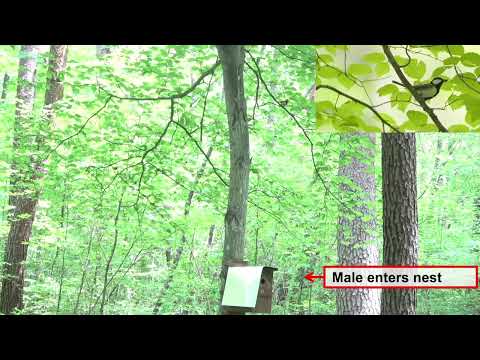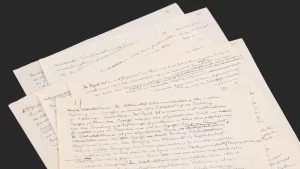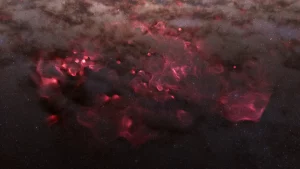These birds appear to be signaling ‘after you’

Non-verbal gestures are an integral part of how humans and some other organisms communicate, as with various sign languages and expressing emotions. A small-bird species called the Japanese tit (Parus minor) also may also use this more complex form of communication. In a study published March 25 Current Biology, a team from the University of Tokyo describes how this small bird appears to use this wing to say “after you” to indicate that the other bird.
According to the study, when a mating pair arrives at their nest box carrying food, the two will wait outside. One bird will then often flutter its wings towards the other, apparently indicating that the other bird can enter the home first.
The team believes that this discovery challenges earlier beliefs that only a few species use gestures to communicate. Chimpanzees, bonobos, ravens, and some fish appear to use a form of communication called deictic gesturing. This is when simple gestures are deployed to point out objects or show something of interest. Symbolic gestures, such as how humans use an open hand to signal “after you,” requires more complex cognitive skills and have been difficult to observe.

CREDIT: Suzuki and Sugita, 2024/ Current Biology
“In our latest discovery, we revealed that the Japanese tit uses gestures to communicate with their mate,” study co-author and University of Tokyo animal linguist and biologist Toshitaka Suzuki said in a statement. “For over 17 years, I have been engaged in the study of these fascinating birds. They not only use specific calls to convey particular meanings, but also combine different calls into phrases using syntactic rules. These diverse vocalizations led me to initiate this research into their potential use of physical gestures.”
[Related: Why do humans talk? Tree-dwelling orangutans might hold the answer.]
During the spring, these birds form mating pairs and build their nests inside a tree cavity with a small entrance. In the study, Suzuki and his co-researcher Norimasa Sugita observed the behavior of 16 parent birds (eight pairs) breeding in nest boxes built in the wild. The birds enter one at a time when feeding their nestlings. The team noticed that when they’re carrying food back to the nest, the birds would often find a perch nearby first. Then, one would flutter its wings towards the other.
The team analyzed over 320 nest visitations in detail and observed that the wing-fluttering display promoted the mate who was being fluttered at the go into the nest box first. The other bird who fluttered entered second, seeming to mirror the “after you” gesture that humans sometimes use.
“We were surprised to find that the results were much clearer than we had expected,” said Suzuki. “We observed that Japanese tits flutter their wings exclusively in the presence of their mate, and upon witnessing this behavior, the mate almost always entered the nest box first.”
Female birds performed the gesture more often than males and male birds usually entered the nest box first, regardless of which bird arrived first. Females usually entered the nest box first if she didn’t flutter her wings.
[Related: Artificial intelligence is helping scientists decode animal languages.]
The team believes this behavior should be classified as a symbolic gesture. It only occurred in the presence of a mat, stopped after the mate entered the nest box, and encouraged the mate to enter without any physical contact. The wing-fluttering “after-you” gesture was also aimed at the mate and not the nest box, meaning that it wasn’t being used to point out where something of interest was located.
“There is a hypothesis that walking on two legs allowed humans to maintain an upright posture, freeing up their hands for greater mobility, which in turn contributed to the evolution of gestures,” said Suzuki. “Similarly, when birds perch on branches, their wings become free, which we think may facilitate the development of gestural communication.”
The team says that they will continue to look into what birds are talking about to learn more about animal languages and the evolution of human speech.










